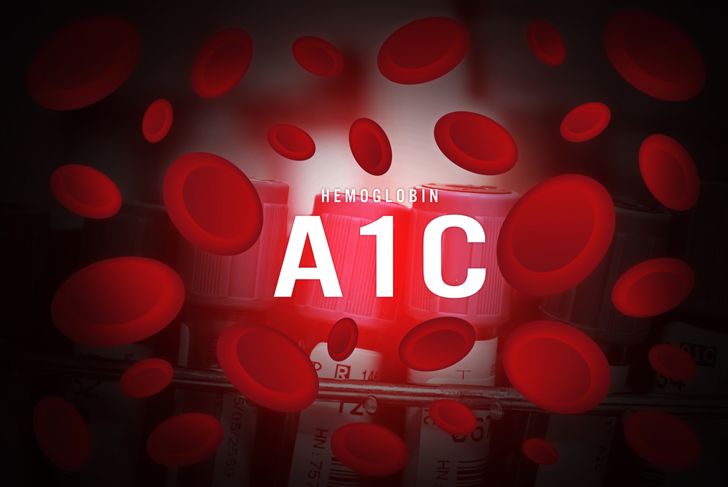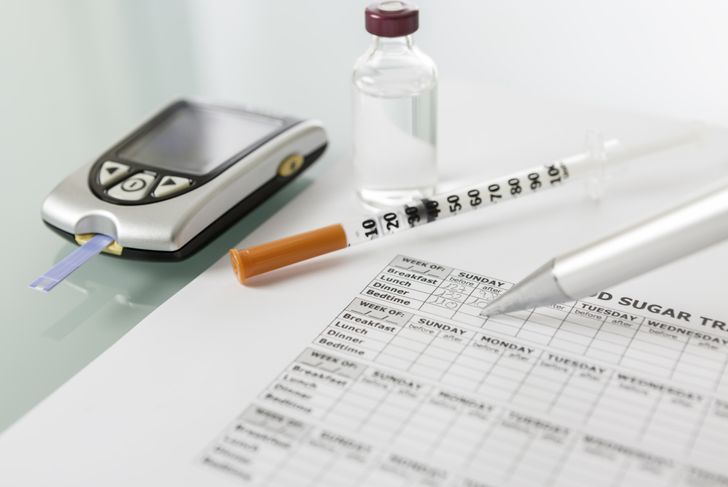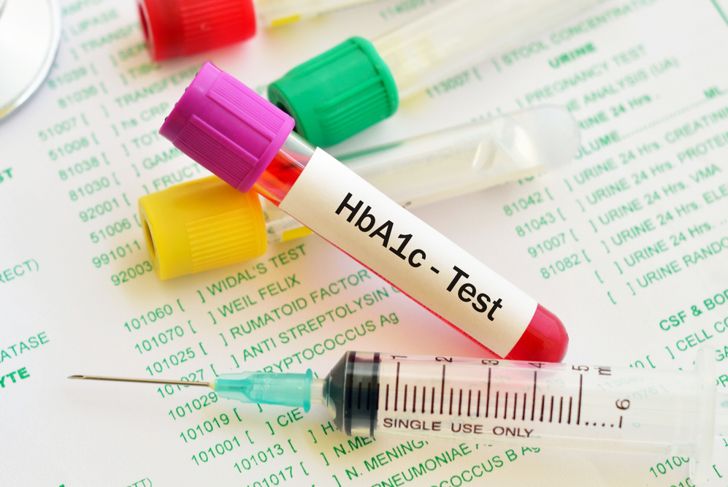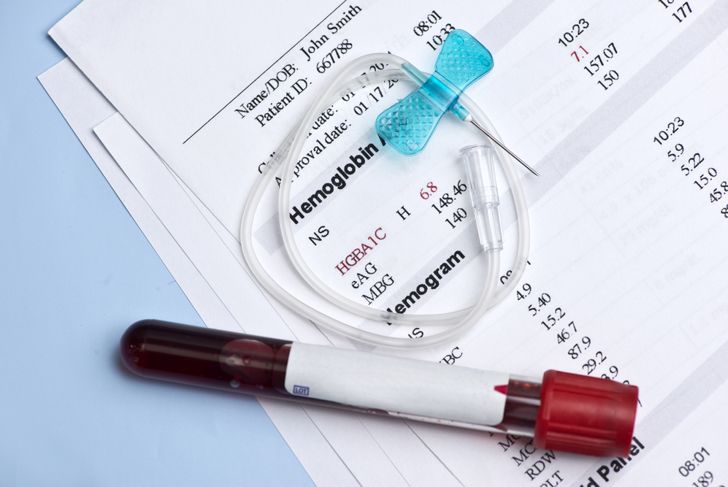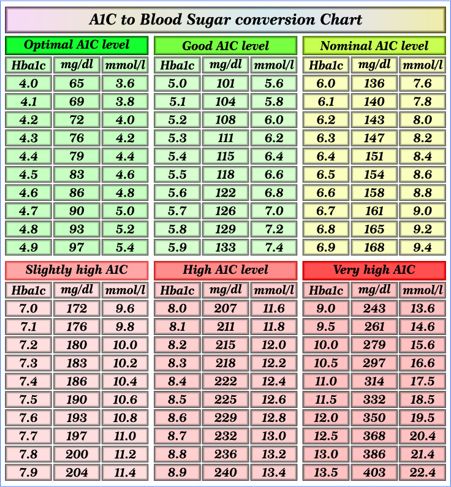Short for hemoglobin A1C, or HbA1C test, this laboratory test can now be performed in doctor’s offices. It measures the glycosylated hemoglobin stored in red blood cells. By doing so, it reveals the average blood glucose level over the latest 90 days. A medical professional can determine from the A1C number how well diabetic treatments are keeping the person’s blood sugar levels under control. It doesn’t reveal the ups and downs, which have been determined to have an important role in diabetic damage such as eye harm.
Glycosylated hemoglobin chemistry
The A1C test measures glycosylated hemoglobin. Hemoglobin is a protein in red blood cells which transports oxygen and also accumulates glucose in its travels. If it continues to collect glucose without also releasing it at about the same rate over time, there is an imbalance in the body’s use of glucose.
Three Months’ Data
The blood cells containing hemoglobin have a lifespan of less than four months. Therefore the A1C values represent the accumulation of information over about three months’ time, give or take. Diabetic patients generally have blood drawn for an A1C test three or four times a year. This can be more often if significant changes in medication or health are being tracked.
Equivalent to daily testing numbers
Charts are available to determine what average daily blood glucose reading corresponds to the A1C value. Daily home testing results can vary widely. The A1C value helps to understand the big picture of blood glucose values, rather than merely the fasting value and a few others during the day. It’s still important to track the ups and downs with frequent testing, as they aren’t as evident in the A1C.
How it’s measured
Blood is drawn for the A1C test, either by needle or finger stick. Office-based A1C tests are run from a finger stick and provide a basic guide. However, drawn blood tests in a laboratory are essential for definitive results which can be used to diagnose and treat diabetes. The laboratory test takes only a few minutes, but definitively separates the A1C protein and measures it with highly accurate equipment.
Importance as diabetes goal indicator
Blood sugar control for diabetics is a complex combination of diet and exercise. Add to this combination stress and illness, changes in the body such as aging, and much more. The A1C value helps to understand whether there are factors which are undermining blood sugar control. It also points out if efforts to control blood sugar are successful overall. The doctor and patient can use the A1C value as a point of discussion, ranging from the many variables which they need to discuss to keep the patient as healthy as possible.
Ways the patient can affect A1C
A1C values can be used to show the changes brought by lifestyle changes toward healthy habits. Medications can affect A1C values by enhancing normal body metabolism and adding insulin, reducing insulin resistance, or helping the body to produce more insulin. Some newer medications work by removing sugar from the bloodstream through other methods such as directly through the kidneys.
Do you have to fast before A1C?
The A1C test isn’t a moment in time measurement; it’s an average over several months. What you eat and drink before having blood drawn for the test isn’t going to make a noticeable difference. This also means that the A1C test keeps you honest. This is because you can’t clean up your act just before the test and expect to get a good number if you’ve been letting yourself go during the previous several months. Likewise, if you have a lapse in your diet, you won’t get invalid test results just because you had a couple of days of ice cream and cake.
What do the numbers mean?
A1C values represent trends in the patient’s health and habits. The doctor has to interpret them by reviewing the patient’s medications, discussing eating habits and exercise over the last few months, considering any illnesses such as the flu which might raise blood sugar values, and using the gathered data to see if the patient’s overall health warrants further medication or lifestyle changes.
What are “good” numbers?
The A1C number is used both to get a feel for the patient’s blood sugar levels over extended periods of time. And to evaluate data on diabetic effects and understand what degree of blood sugar control is needed to avoid those effects. In general, doctors look for diabetic patients to achieve A1C results of 7.0 or under, and non-diabetic patients to test at 6.0 or below. This means that patients whose A1C results fall into that range are more likely to avoid problematic consequences of diabetes. As their test number rises, they are at increased risk of neuropathy, retinopathy, and kidney damage, to name a few issues.
Is A1C used only for people with diabetes?
Blood sugar problems can arise during conditions other than type 1 and type 2 diabetes. For instance, gestational diabetes during pregnancy. The A1C test can be helpful in understanding if blood sugar values have been unusually high or low during pregnancy, for example, so that appropriate actions can be taken to protect the mother and child.

 Home
Home Health
Health Diet & Nutrition
Diet & Nutrition Living Well
Living Well More
More